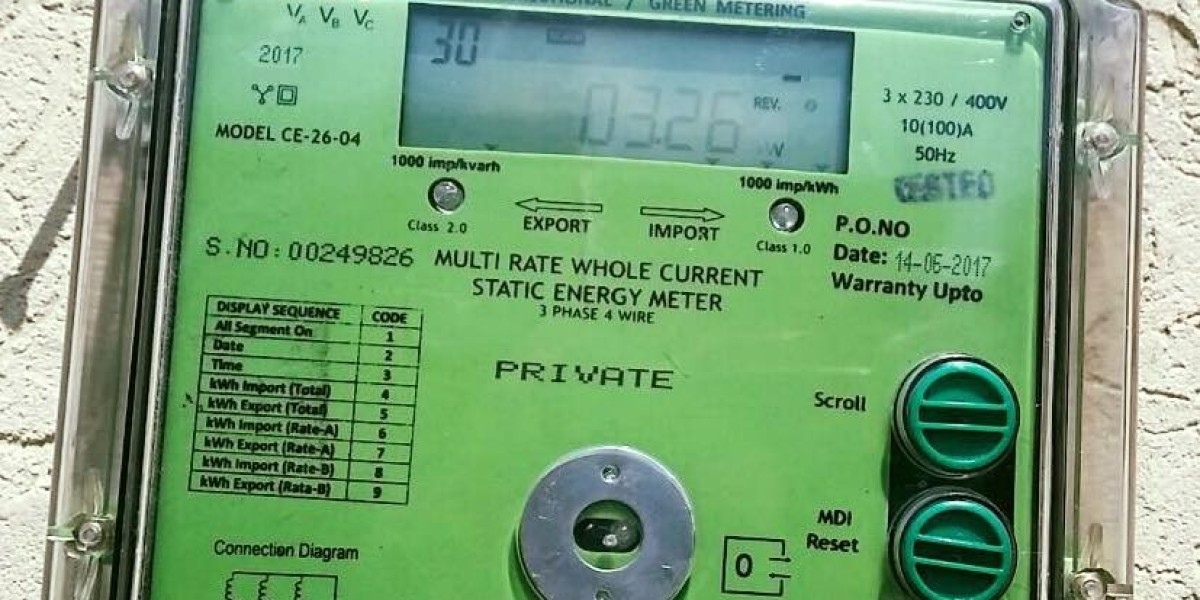Introduction to Racing Coilovers
Racing coilovers are not just an upgrade; they're a statement of performance and precision engineering for your vehicle. These advanced suspension systems offer unparalleled adjustability and control, crucial for achieving optimal handling and responsiveness on both the track and the street.
Understanding Racing Coilovers
What are Racing Coilovers?
Racing coilovers, short for "coil-over shock absorbers," combine a coil spring and shock absorber into a single unit. Unlike traditional suspensions, which separate these components, coilovers allow for independent adjustment of both ride height and damping settings. This flexibility is essential for fine-tuning your vehicle's handling characteristics to suit different driving conditions.
Components of Racing Coilovers
A typical racing coilover consists of:
- Spring: Usually made of high-quality steel or lightweight materials like titanium, the spring supports the vehicle's weight and determines its ride height.
- Shock Absorber: Often featuring advanced damping technology such as adjustable compression and rebound settings, the shock absorber controls how the suspension reacts to bumps and road imperfections.
- Adjustment Mechanisms: Knobs or dials that allow for easy adjustment of ride height, damping force, and sometimes even camber settings.
Benefits of Racing Coilovers
Enhanced Handling and Performance
Racing coilovers offer several key benefits:
- Customization: Precise adjustment capabilities enable drivers to fine-tune their suspension setup for different racing conditions or personal preferences.
- Improved Stability: Lower center of gravity and reduced body roll enhance cornering stability and overall grip.
- Responsive Steering: Enhanced feedback and control provide a more direct connection between the driver and the road surface.
- Durability: High-quality materials and construction ensure longevity even under extreme driving conditions.
Choosing the Right Racing Coilovers
Factors to Consider
When selecting racing coilovers for your vehicle, consider the following factors:
- Vehicle Compatibility: Ensure that the coilovers are compatible with your car's make, model, and year.
- Adjustability: Evaluate the range and ease of adjustment for ride height, damping, and other settings.
- Build Quality: Opt for reputable brands known for using durable materials and advanced engineering.
- Purpose: Decide whether you prioritize track performance, street comfort, or a balance of both.
- Budget: Set a realistic budget that aligns with your performance goals and long-term expectations.
Installation and Maintenance Tips
Installing Racing Coilovers
While installation specifics may vary depending on your vehicle, here are general tips:
- Professional Installation: For optimal results and safety, consider having racing coilovers installed by a certified mechanic or suspension specialist.
- Alignment: A proper wheel alignment post-installation is crucial to ensure even tire wear and optimal handling.
- Testing: After installation, test the new setup under controlled conditions to fine-tune adjustments as needed.
Maintenance
- Regular Inspections: Periodically inspect coilovers for leaks, signs of wear, or loose components.
- Cleaning: Keep coilovers free of dirt and debris to maintain smooth operation.
- Adjustment: Re-evaluate and adjust settings based on driving conditions and performance feedback.
Conclusion
Racing coilovers are a transformative upgrade for enthusiasts seeking to elevate their driving experience. Whether you're tackling a challenging race circuit or navigating everyday roads with precision, the benefits of adjustable suspension cannot be overstated. By understanding the components, benefits, and installation considerations of racing coilovers, you can make an informed decision to optimize your vehicle's performance and handling







